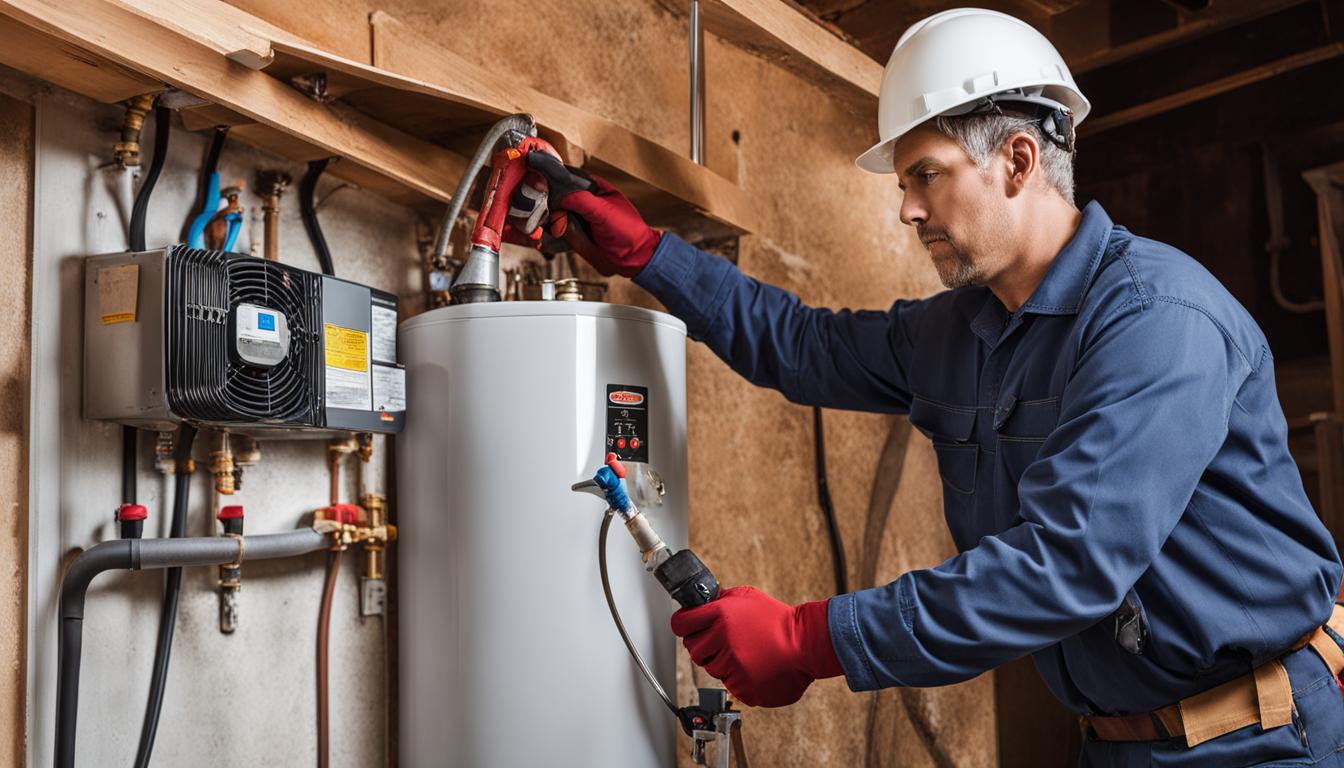Easy Steps to Maintaining Your Home's Hot Water System
Easy Steps to Maintaining Your Home's Hot Water System
Blog Article
This post further down relating to Tips on Maintaining a Water Heater is amazingly compelling. Read it for yourself and decide what you think about it.

Hot water is vital for everyday comfort, whether it's for a rejuvenating shower or washing dishes. To guarantee your warm water system runs efficiently and lasts longer, normal upkeep is vital. This short article offers useful tips and understandings on how to keep your home's warm water system to stay clear of interruptions and costly fixings.
Intro
Keeping your home's warm water system could appear complicated, but with a few basic actions, you can guarantee it operates smoothly for years to come. This overview covers everything from recognizing your warm water system to DIY maintenance tips and recognizing when to employ specialist help.
Importance of Maintaining Your Warm Water System
Regular upkeep not just prolongs the lifespan of your warm water system yet additionally ensures it operates successfully. Overlooking upkeep can lead to decreased efficiency, greater power bills, and also premature failing of the system.
Signs Your Hot Water System Needs Maintenance
Understanding when your warm water system needs attention can avoid major problems. Look out for signs such as inconsistent water temperature level, strange noises from the heater, or rustic water.
Purging the Water Heater
Purging your hot water heater gets rid of debris accumulation, boosting performance and extending its life.
Checking and Replacing Anode Rods
Anode poles stop deterioration inside the tank. Evaluating and changing them when broken is important.
Complicated Issues Requiring Professional Help
Instances include major leaks, electric issues, or if your water heater is regularly underperforming.
Routine Specialist Maintenance Perks
Expert maintenance can consist of extensive assessments, tune-ups, and guaranteeing conformity with safety criteria.
Evaluating and Changing Temperature Level Settings
Readjusting the temperature level settings makes sure ideal efficiency and safety and security.
Do It Yourself Tips for Maintenance
You can execute numerous maintenance jobs yourself to maintain your warm water system in leading problem.
Looking for Leaks
Regularly check pipes and connections for leaks, as these can lead to water damage and greater costs.
Understanding Your Warm Water System
Prior to diving into upkeep tasks, it's valuable to comprehend the basic parts of your hot water system. Commonly, this consists of the water heater itself, pipes, anode poles, and temperature level controls.
Monthly Maintenance Tasks
Routine monthly checks can aid catch small concerns prior to they intensify.
Checking Stress Alleviation Valves
Checking the stress safety valve guarantees it functions properly and stops extreme stress build-up.
Protecting Pipelines
Protecting warm water pipelines minimizes warm loss and can conserve power.
When to Call a Professional
While DIY maintenance is valuable, some issues call for expert competence.
Final thought
Normal maintenance of your home's warm water system is crucial for effectiveness, longevity, and expense savings. By complying with these ideas and understanding when to look for expert assistance, you can guarantee a dependable supply of hot water without unexpected disruptions.
How to Maintain an Instant Hot Water Heater
Before tinkering with your hot water heater, make sure that it’s not powered on. You also have to turn off the main circuit breaker and shut off the main gas line to prevent accidents. Also turn off the water valves connected to your unit to prevent water from flowing into and out of the appliance. 2. When you’re done, you have to detach the purge valves’ caps. These look like the letter “T†and are situated on either side of the water valves. Doing so will release any pressure that has accumulated inside the valves while at the same time avoid hot water from shooting out and burning your skin. 3. When the purge valves’ caps are removed, you have to connect your hosing lines to the valves. Your unit should have come with three hoses but if it didn’t, you can purchase these things from any hardware or home repair shops. You can also get them from retail stores that sell water heating systems. Read the user’s manual and follow it to complete this task properly. When the hosing lines are connected, open the purge port’s valves. 4. You should never use harsh chemical cleaners or solutions when cleaning your unit. Make use of white vinegar instead. It should be undiluted and you’ll probably use about 2 gallons. 5. Now flush your water heater. This task should probably take about 40 minutes. We can’t give you specific directions for this because the procedure is carried out depending on the type, model and brand of your heater. With that being said, refer to the user’s manual. 6. When you’re done draining the unit, you have to turn off the purge port valves again. Remove the hosing lines that you earlier installed on each of the water valves. Put the valve caps (purge port) back in their respective places and be very careful so as not to damage the rubber discs that are found inside these caps. 7. Now that everything’s back in place, check your user’s manual again to find out how to reactivate your water heating system. 8. Once it is working, turn one of your hot water faucets on just to let air pass through the heater’s water supply pipes. Leave the tap on until water flows smoothly out of it. https://www.orrplumbing.com/blog/2014/september/how-to-maintain-an-instant-hot-water-heater/

Hopefully you enjoyed reading our section about Tips For Maintaining Your Hot Water Heater. Thank you for finding the time to read through our article post. Appreciated our article? Please share it. Let others find it. We truly appreciate reading our article about Water Heater Maintenance Tips You Can't Afford to Forget.
Visit The Following Page Report this page